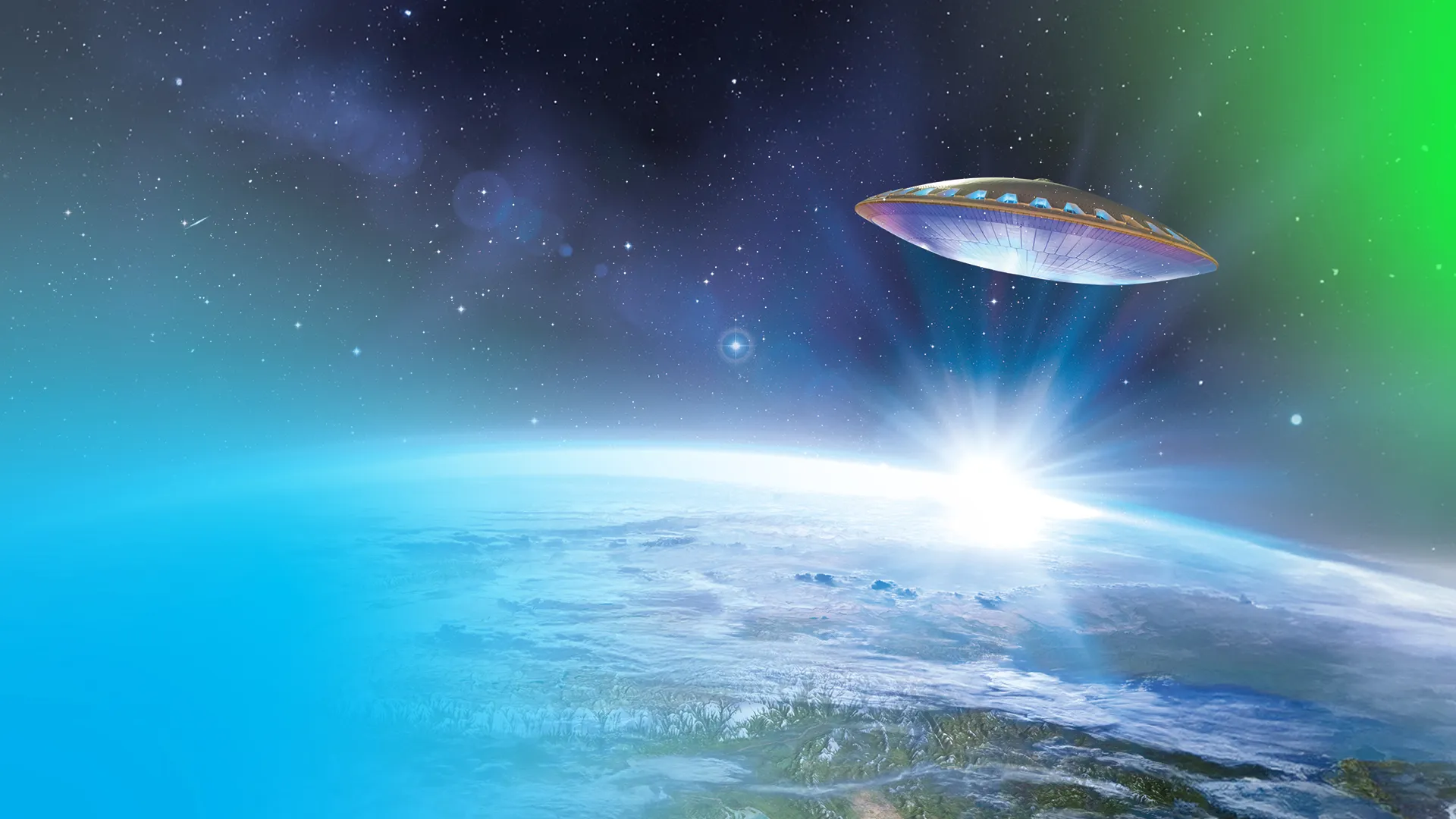This year marks the 55th anniversary of World Earth Day, and much has changed in our relationship with nature over that time. Take, for example, its latest challenge: artificial intelligence. But is AI really that harmful to nature? Or might it secretly have a lot of good to offer?
A single question to ChatGPT consumes about 2.9 watt-hours of electricity—roughly the same as a 60W incandescent bulb burning for three minutes. That may seem small, but it adds up quickly: the annual energy consumption of ChatGPT is estimated at over 226 gigawatt-hours. That’s enough to fully charge more than three million electric cars, according to Balkan Green Energy News.
Although AI is often portrayed as a threat to nature, you could also see it as the next evolutionary step—a shift toward a new balance. Instead of asking whether we should use AI, Koert van Mensvoort suggests we ask: how? Not through blind acceptance or rejection, but by consciously guiding technology as an extension of our ecological responsibility. He believes AI will continue to develop in the coming years—and might even become less polluting than we think. On the one hand, because AI models are becoming more efficient; on the other, because we can harness sustainable energy sources more intelligently. There is still plenty of untapped green energy around the world—such as hydropower and geothermal energy—especially in locations where natural conditions are ideal. Think of the fjords and waterfalls of Norway: places where clean energy is abundantly available. So why not build data centers there, instead of running them on coal-powered grids?

From Geosphere to Technosphere
If we see technology as a natural extension of life, then AI fits into a much larger story: the ongoing evolution of our planet. Earth began as a great ball of rock and minerals: the Geosphere. From that, the Biosphere emerged: the network of all living things. Today, a new layer is growing on top: the Technosphere—a world of data, algorithms, and systems, where AI is increasingly taking its place.
“Just as fish don’t realize they’re swimming in wet water, we don’t realize we’re living in a technosphere.” — Koert van Mensvoort
That may sound abstract, but AI is already deeply woven into our world. From chatbots to traffic systems, from energy grids to climate models. In fact, AI is already being used extensively for nature conservation. Think of detecting illegal logging through satellite imagery, optimizing energy networks, or predicting floods using large-scale weather data. Technology doesn’t have to be nature’s opponent—but we must steer it in the right direction.
The Earth Doesn't Ask for Control, but for Care
World Earth Day is the perfect moment to reflect on this. Not just to issue warnings, but also to look ahead. What if we no longer saw artificial intelligence as a counterforce, but as next nature? What if we used it not to control the Earth, but to care for it?
“We need to search for a love story between biology and technology.” — Koert van Mensvoort
What Can You Do?
- Reflect on your own digital footprint
- Make conscious choices in the tools and AI you use
- Support projects that use technology for nature and climate
No AI emissions were caused in the writing of this article.


Comments (0)
Share your thoughts and join the technology debate!
No comments yet
Be the first to share your thoughts!